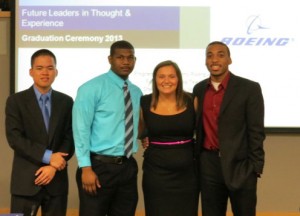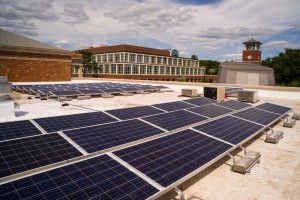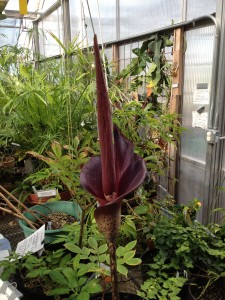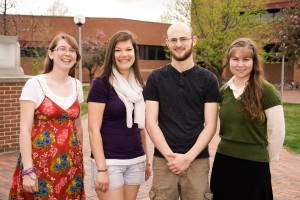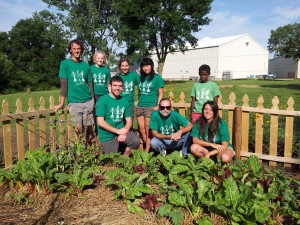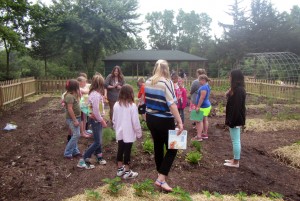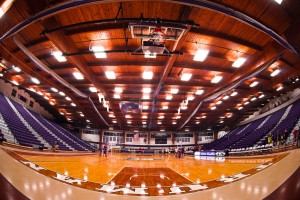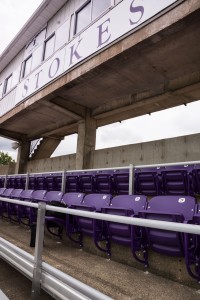For many Truman students, “back to school” comes with a series of inconvenient tasks. Moving in, buying books, signing leases and trekking around campus in the triple digit heat can surely lessen the excitement a new semester brings. However, for sophomore agricultural business major Miranda Biddle these were welcome changes that not only signify the return to classes, but a return to normalcy.
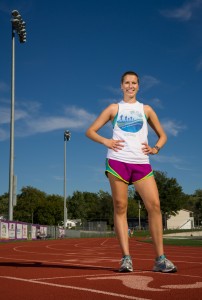
Miranda Biddle, an agricultural business major, was diagnosed with Burkitt’s Lymphoma in early 2013. She returned to the classroom and the track in August after completing her treatments.
To any other person, Biddle seems like an average college student – she enjoys hanging out with her friends, attending class and running cross country and track for Truman, but her friends, professors, teammates and coaches know there is more to her story.
Early in 2013 Biddle was diagnosed with Burkitt’s Lymphoma, a cancer of the lymphatic system that affects only around 1,200 people in the United States annually. Biddle was diagnosed after returning from winter break when she noticed that she was having trouble keeping up with her teammates. When she went to doctors she was originally diagnosed with the flu, but Biddle knew that something else was wrong.
“I remember thinking, ‘I don’t think that’s right,’” she said.
After running x-rays and CAT-scans her cancer was diagnosed.
While the news surprised her family, friends and teammates, Biddle felt a sense of relief at finally knowing for certain what was impacting her running. After learning her diagnosis, Biddle’s competitive edge came out as she was determined to show cancer “who’s boss.” She compared her six chemotherapy treatments and 25 rounds of radiation as the hardest running workout of her life.
“I just looked at it as a workout,” Biddle said. “Each treatment was a rep, and I had to get through it even though I had to do it again and again, and on my final one I told myself, ‘Okay, get through this last one and you are all done.’”
Though the treatments were difficult, Biddle was adamant that she not be treated any differently, especially when it came to schoolwork. Although her treatments required her to return to her home in Aledo, Ill., she remained enrolled and completed her entire class load for the semester. With the help of her professors, she made it work by watching recordings of lectures online and driving back to Kirksville to take tests.
Not only did Biddle, who finished her last treatment Aug. 23, return to Truman this school year, but she also returned to train with her teammates. Less than a month after barely being able to run for five minutes, she was attending regular practices and hopes to be in shape for competing during the spring track season.
Undergoing the treatments for cancer has made Biddle appreciate the small things in life. Her favorite part of finishing treatments was the freedom she regained; the freedom to go outside or listen to lectures in person, to run, or even be able to simply move around.
Her battle with cancer also helped her become a more compassionate person. Biddle describes the connections she made, with not only other people struggling with cancer, but with those who are helping to fight it, as something she is truly grateful to get out of the situation. She hopes to get involved with organizations such as the American Cancer Society in the near future.
For now Biddle is just happy to be back in classes. Though many would consider her luck to be bad, Biddle considers herself blessed. The support she received from everyone she met at Truman—her roommates, teammates, coaches and faculty—helped lift her spirits during the last year and continue to keep her moving forward.
Looking back Biddle said, “Going through all of this made me realize even more, how much of a good decision Truman was.”

